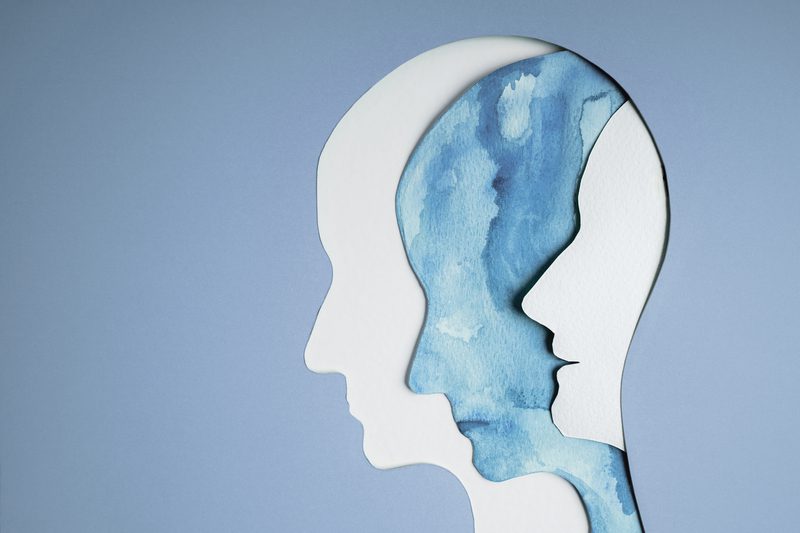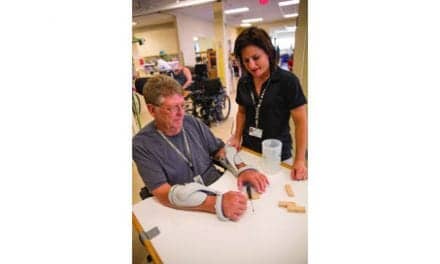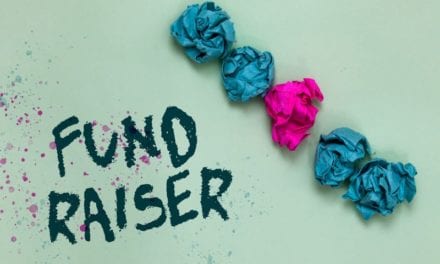A recent report outlined a system of care for functional neurological disorder (FND) that can be effective if implemented correctly.
A report published in the Harvard Review of Psychiatry (HRP) aims to show clinicians and institutions worldwide what is needed to establish effective community treatment programs for FND, as well as hospital inpatient and outpatient interventions, in their own health care settings.
Functional neurological disorder (FND), formerly called conversion disorder, involves the biological embedding of lived experience in the body and brain.
It is a process where stress, the social environment, or early experience affects the body’s biological systems. FND culminates in stress-system activation or dysregulation and aberrant changes in neural network function.
Patients with FND have neurologic symptoms such as limb weakness, tremors, gait difficulties, seizures, or cognitive problems not explained by traditional neurological disorders.
As many as a fifth of children and adolescents seen in pediatric neurology clinics are found to have FND. An estimated 63% to 95% of these patients can fully recover if they receive prompt diagnosis and proper treatment.
Unfortunately, many children with FND do not receive the care they need. Kasia Kozlowska, MD, PhD, a child and adolescent psychiatrist at The Children’s Hospital at Westmead in Sydney, Australia, and colleagues say the scarcity of treatment is global. It is partly due to long-standing stigma and ingrained belief that patients with FND do not suffer from a natural “organic” disorder and therefore do not require, or even deserve, treatment.
In a Perspectives article, Kozlowska and her colleagues describe the elements of a biopsychosocial mind–body program intervention they designed that has successfully managed FND in children and adolescents.
Over almost 30 years, the Mind–Body Program for children with FND at The Children’s Hospital at Westmead has delivered inpatient care to hundreds of patients with FND. Collaborating with community-based clinicians, the program’s staff has also designed individualized treatment for hundreds of outpatients.
The authors say that although care is personalized, their interventions for FND always have 7 elements:
- Prompt medical/neurological assessment and diagnosis by a physician.
- Triaging the referral for a holistic (biopsychosocial) assessment.
- A holistic, biopsychosocial assessment of the child and family.
- Co-constructing a formulation with the child and family to identify factors that contribute to and maintain the child’s symptoms.
- Assembling a personalized treatment plan.
- Implementing the plan.
- Building resilience and preventing relapse.
Most healthcare professionals working in pediatrics can easily add an FND-informed skill set to their current clinical practice, Kozlowska’s group notes.
Pediatricians and pediatric neurologists already have the skills necessary to diagnose FND: they need to learn to recognize the rule-in signs for FND and to practice communicating an FND diagnosis.
Physical therapists can shift their approach from a musculoskeletal framework that focuses attention on the problem area to a framework in which the patient’s attention is drawn away from the symptoms, with a particular focus on building a therapeutic relationship, using play, and applying interventions in ways that address the problem indirectly.
The group says mental health clinicians know how to conduct a biopsychosocial assessment and provide individual and family interventions. For mental health clinicians, it is crucial to understand “the somatic narrative,” the bottom-up approach to emotion regulation, and strategies for managing the focus of attention.
Kozlowska and colleagues emphasize that FND is a positive diagnosis (rather than a diagnosis of exclusion) that should be made by a pediatrician, neurologist, neuropsychiatrist, family doctor, or other physician.
“Clinical interactions during the assessment process are, in themselves, a potentially valuable therapeutic intervention,” said Kozlowska.
Photo 213816067 © Siri Wannapat | Dreamstime.com





